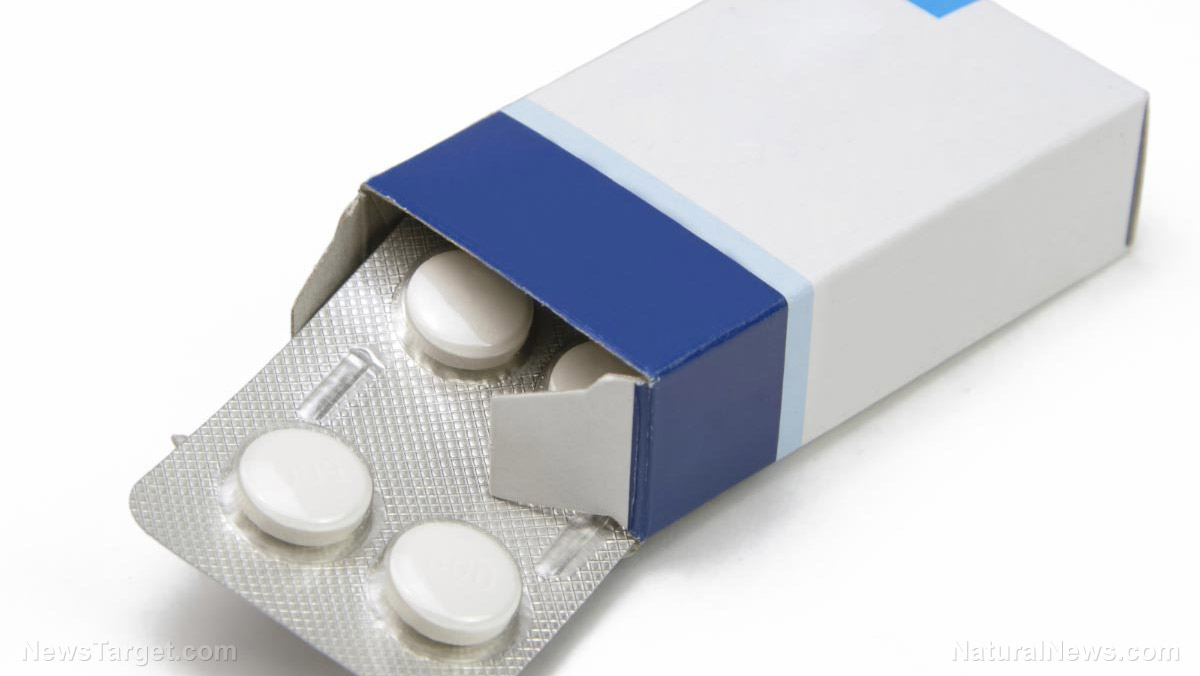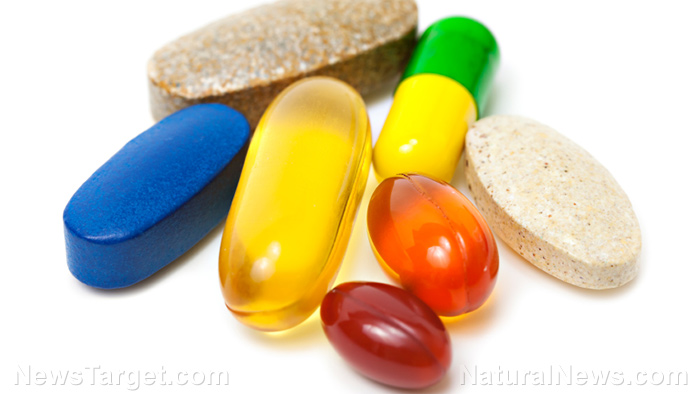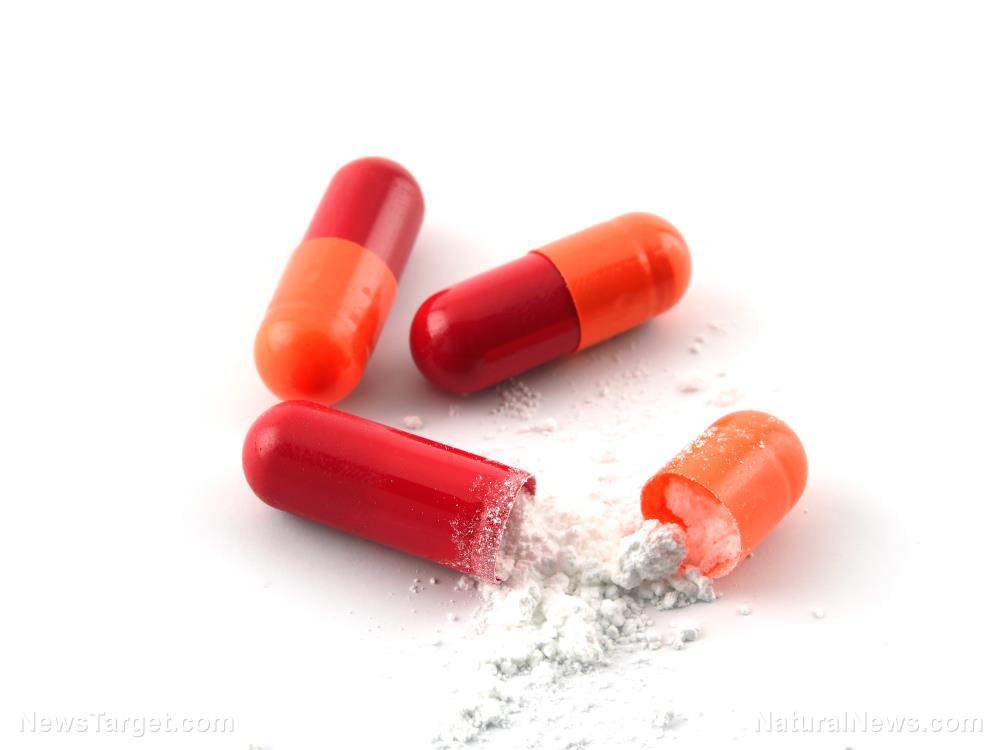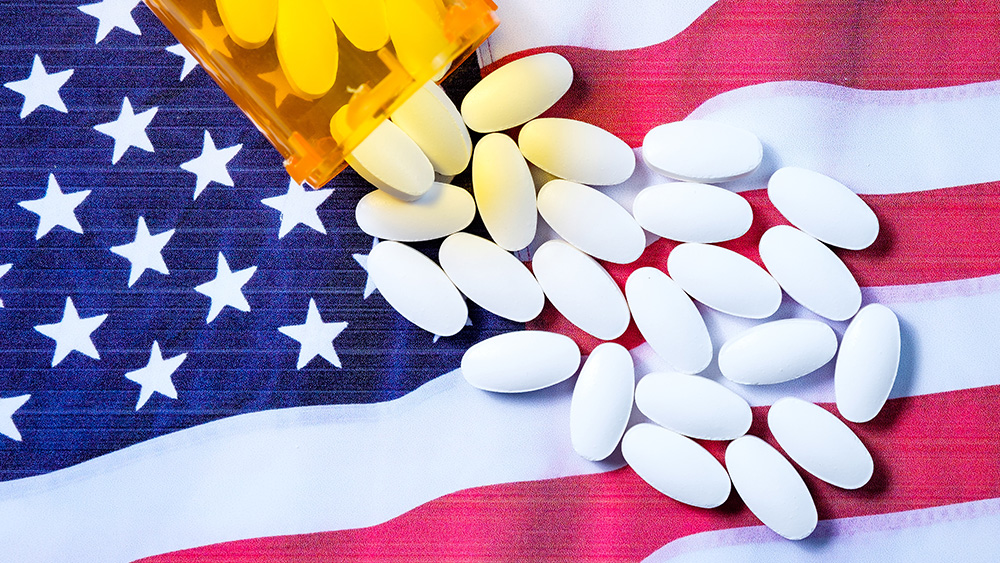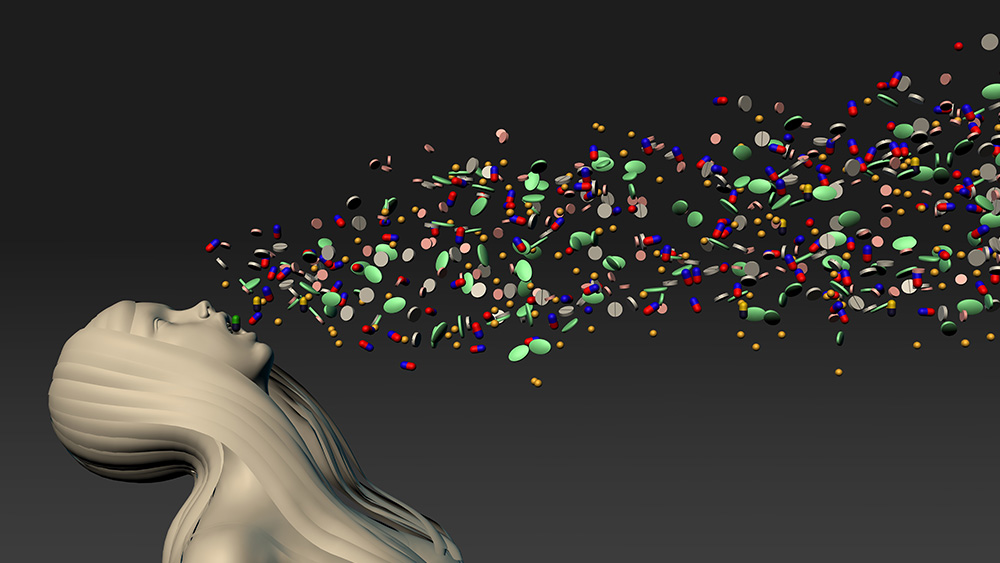It’s not just thimerosal that makes vaccines poisonous: Yeast and other compounds cause serious health problems, too
08/07/2019 / By Vicki Batts

Thimerosal is one of the most notorious vaccine ingredients, but it isn’t the only one that consumers need to be concerned about. Vaccines contain a bevvy of potentially harmful compounds; adjuvants, preservatives and other toxic chemicals are routinely added to inoculation cocktails, even though little is known about what the long-term effects of exposure will be. A growing body of research indicates that unusual and seemingly innocuous vaccine ingredients, like yeast, may trigger all kinds of health problems — including autoimmune diseases such as type 1 diabetes.
While thimerosal has been phased out of many vaccines due to massive public health concerns, many harmful ingredients are still present in vaccines. The potential for harm is real — and it is time for the masses to wake up to the truth about the dangerous ingredients lurking in their vaccines.
Yeast used in vaccines could be tied to autoimmune disease
As Children’s Health Defense reports, a common yeast used in vaccines may be linked to autoimmune disease. Sacccharomyces cerevisiae, also known as baker’s yeast or brewer’s yeast, is added to many immunizations as an adjuvant. This means that as a vaccine ingredient, yeast is added to irritate the immune system and stoke it into action.
As you might guess, the purposeful agitation of the immune system doesn’t always end well. As Children’s Health Defense explains further:
The specific part of S. cerevisiae that’s of concern is mannan, which is found in the cell walls of yeasts and also in mammalian glycoproteins. These glycoproteins are found in cell walls, connective tissues like collagen, gastrointestinal mucous secretions, and blood plasma. They perform many functions. Obviously, if the immune system goes on the attack against mannan, it can be devastating.
Yeast is used in the hepatitis B vaccine, which is given to most newborn babies in the United States before they’re even a full day old.
It is no small wonder that recent research has linked vaccination to autoimmunity.
As a case report published in 2014 explains, while “classical” allergies to yeast-containing vaccines appear to be fairly rare, newer research has indicated that the yeast in vaccines may be causing the sudden uptick in autoimmune disease. In their report, the team of scientists describe an adult male patient who suddenly developed autoimmunity after being inoculated with the hepatitis B vaccine.
Natural Health 365 surmises further that the dramatic increase in type 1 diabetes diagnoses may also be linked to the yeast added to vaccines. While more research is needed to better understand the potential for yeast to cause autoimmunity, there are many other vaccine ingredients to keep your eye on.
Other harmful ingredients in vaccines to watch out for
Aluminum is one of the most concerning vaccine adjuvants, and it is still widely used. Aluminum is used to make vaccines work “better,” but it is also a neurotoxic metal that can accumulate in the brain and body. Multiple studies have found that aluminum can cause deficits in brain function and changes to behavior in animals which mirror that of Alzheimer’s disease or dementia. Some researchers even suspect that the ill effects of aluminum are at least partially due to the way it interacts with the immune system.
In addition to aluminum, there are a number of strange vaccine ingredients that you’d think would have no place in the human body. These include:
- Monosodium glutamate (MSG) — a toxic food additive
- Latex — a known allergen
- Amonium sulfate — a chemical fertilizer
- Peanut oil — a known allergen
- Artificial sweeteners — more toxic food additives
- Mycoplasma — microscopic organisms that can cause pneumonia
- Monkey kidney cells — potentially toxic to humans
Many of these ingredients are used either to culture (or “grow”) vaccines, or added later in the process as adjuvants. Either way, these harmful compounds have no business being used as “medicine.”
Learn more about vaccine ingredients at Vaccines.news.
Sources for this article include:
Tagged Under: disease causes, toxic chemicals, toxic ingredients, type 1 diabetes, vaccine adjuvants, Vaccine dangers, vaccines, yeast
RECENT NEWS & ARTICLES
PrescriptionDrugs.News is a fact-based public education website published by Prescription Drugs News Features, LLC.
All content copyright © 2018 by Prescription Drugs News Features, LLC.
Contact Us with Tips or Corrections
All trademarks, registered trademarks and servicemarks mentioned on this site are the property of their respective owners.



